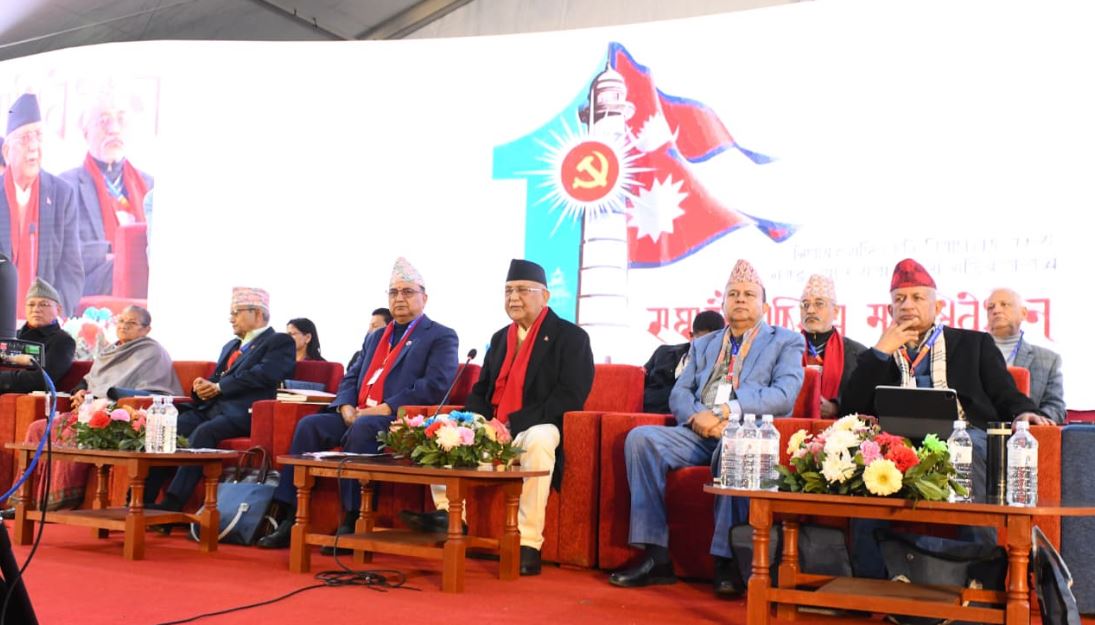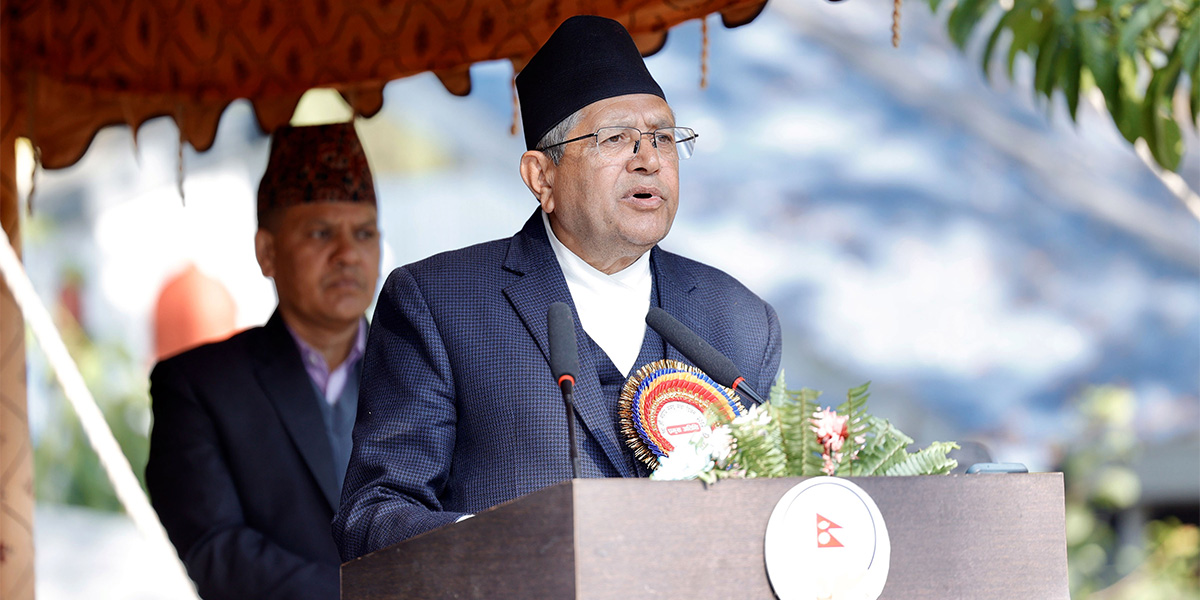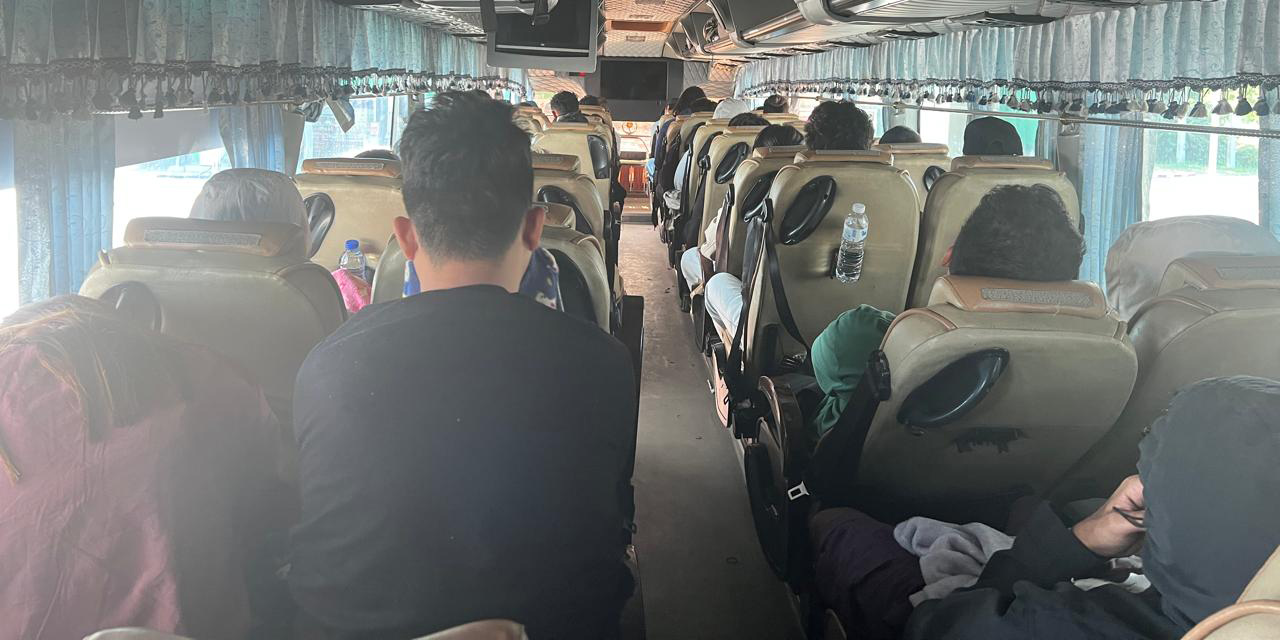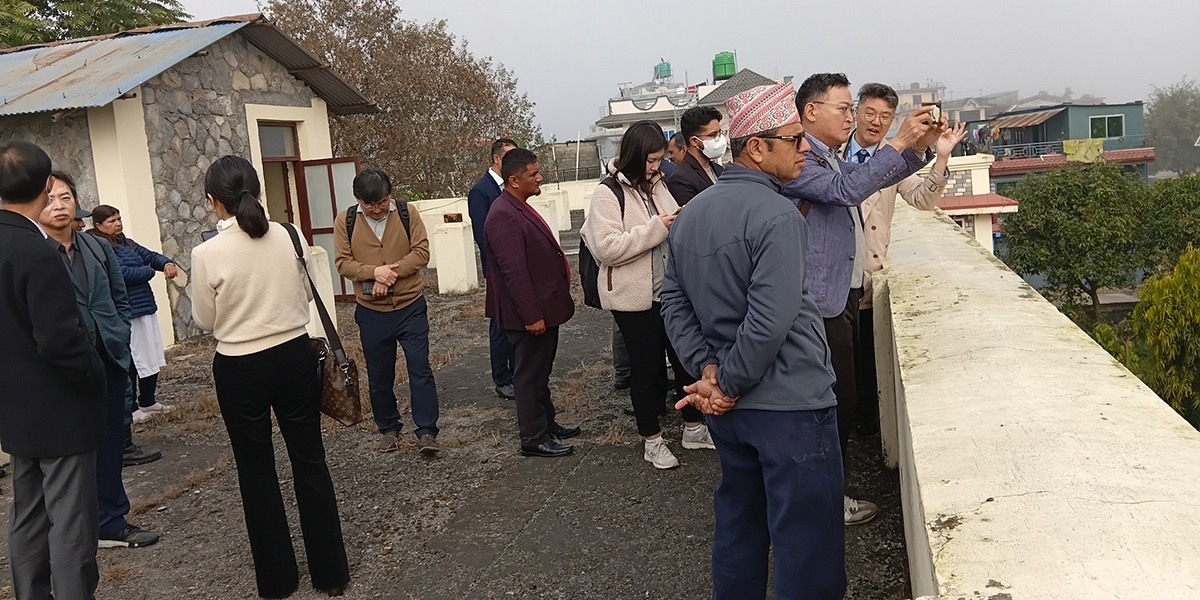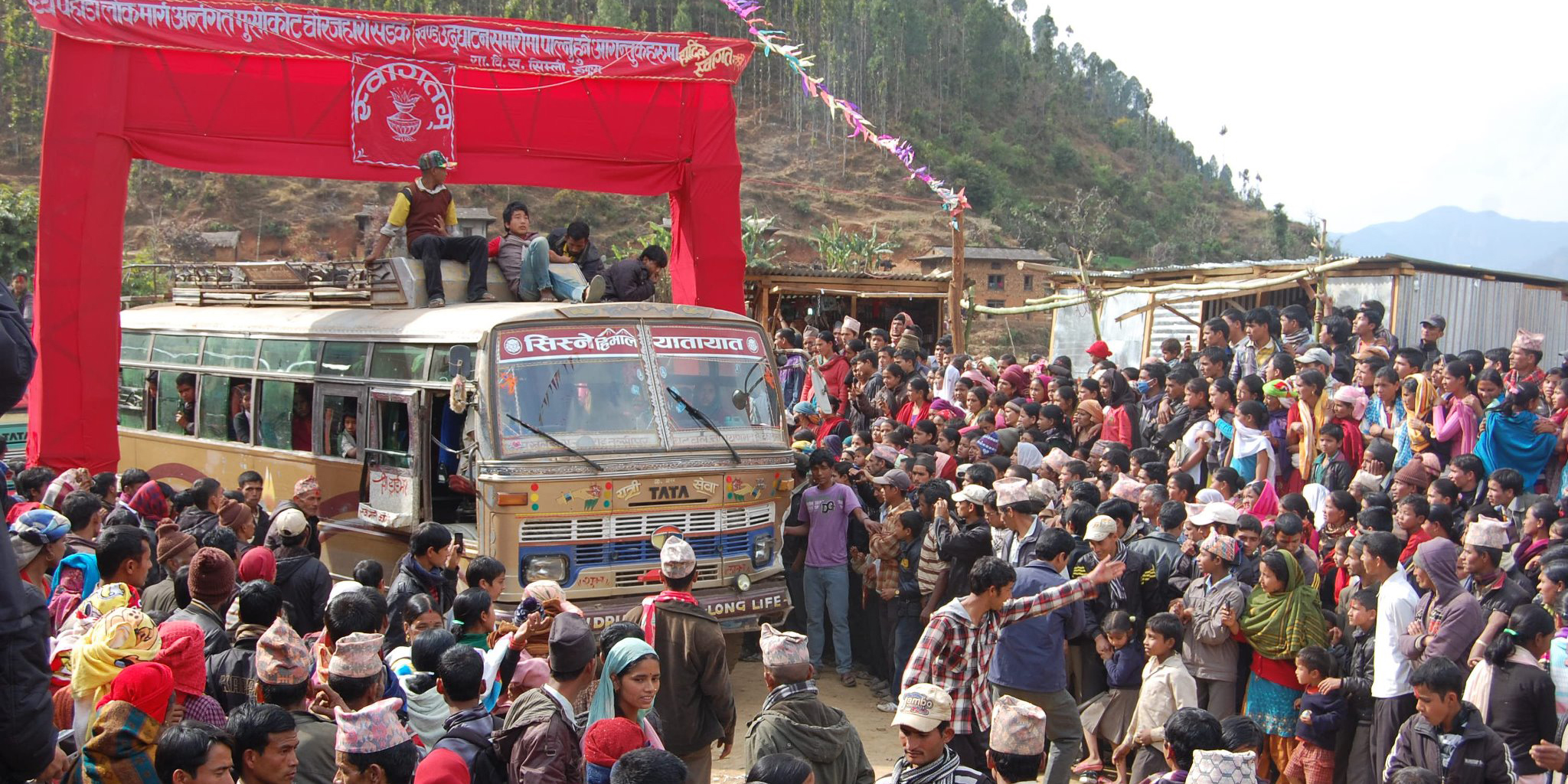 Locals come in drove to welcome the first passenger vehicle to reach Simli in Rukum district nearly 11 years ago. (File Photo)
Locals come in drove to welcome the first passenger vehicle to reach Simli in Rukum district nearly 11 years ago. (File Photo)
KATHMANDU: A total of 34,072 kilometers of roads have been constructed across the country as of January, according to the Ministry of Physical Infrastructure and Transport. Of these, 17,352 kilometers have been blacktopped, and the remaining 16,721 kilometers are graveled roads. The total length of roads built by provinces and local units is around 66,000 kilometers.
Currently, nearly five million motor vehicles travel on these roads, including over 61,000 long-route buses and trucks that operate on major highways in the country. Additionally, there are approximately 35,000 buses and minibuses.
Two-wheelers dominate the number of motor vehicles in the country, as per the Economic Survey 2021/22, with 3.94 million such vehicles. In addition, there are approximately 300,800 privately owned cars, jeeps, and vans.
This also implies that there are roughly 800,000 commercial vehicles operating in the country. Assuming that each commercial vehicle employs two people, the transportation sector provides direct employment to 1.6 million people. Moreover, the transportation sector’s contribution to total revenue is approximately 22%.
Suresh Hamal, the chairman of Trisiddeshwari Transport Pvt Ltd, stated that the transportation sector has, directly and indirectly, benefitted around five million people. He added that transport operators, workers, spare parts dealers, garages, fuel pump operators, hotels, and eateries are all interconnected with the transport business. “Taking into account all the direct and indirect aspects, hardly anyone has contributed as much to the country as the transportation sector,” Hamal remarked.
As per the Economic Survey 2021/22, the total number of motor vehicles between 1990/91 to 2014/15 was only 1.99 million. However, between 2014/15 and 2021/22, this number increased to 4.88 million.
Over the past seven years, the number of motor vehicles has more than doubled. As per the Economic Survey 2021/22, the total number of motor vehicles between 1990/91 to 2014/15 was only 1.99 million. However, between 2014/15 and 2021/22, this number increased to 4.88 million.
Likewise, in 2014/15, the country had only 27,496 kilometers of roads of national importance. However, the road network has now been expanded to 34,000 kilometers.
According to Bhimarjun Adhikari, the spokesperson for the Ministry of Physical Infrastructure and Transport, the minimum requirement for the road network has been almost fulfilled except for some areas. “Only the Humla district headquarters remains to be connected to the road network. Motor vehicles operate to the district headquarters of the remaining 76 districts throughout the year,” Adhikari added. “The government’s current focus is on upgrading and strengthening the completed roads and developing a road network that is compatible with the country’s federal system.”
A means of connectivity
Roads and transportation services are crucial for modern society. They enable easy access to education, healthcare, agriculture, industrial areas, and other essential structures. Without the development of roads and transport, the progress of other infrastructures becomes difficult, making roads and transport a fundamental necessity for development.
Transportation is crucial for overcoming geographical complexity, saving time, and connecting long distances. In a country with limited transport options, road transport has become a crucial means of connectivity. Transportation is vital for enabling villages and cities to become self-sufficient, sell products, import and export essential goods, and boost urban and rural tourism. Therefore, transportation is a primary requirement for development.
The local elections in 2017 have led to a significant increase in access to roads at the local level. As a result, most of the development budget has been allocated to road construction.
Experts view transportation as an integral part of transforming the landscape of cities and villages. They see roads as a fundamental requirement for the development of villages. Similarly, transport serves as a bridge to strengthen the relationship between villages and cities, increase intimacy, and connect national and international networks. As a result, transportation plays a significant role in energizing urban and rural development.
The transportation sector has experienced exponential growth and expansion in recent years. The local elections in 2017 have led to a significant increase in access to roads at the local level. As a result, most of the development budget has been allocated to road construction. However, there have been concerns that these newly built roads and tracks were constructed with poor technical analysis.
According to Lakshmidevi Pandey, president of the National Federation of Rural Municipalities in Nepal, road expansion is the first step for development as it is necessary for the movement of people and the transportation of essential goods. “Our rural areas should have access to roads just like urban areas,” she said. However, she also stressed the importance of sustainable development and warned against the random construction of roads without considering environmental impacts. She emphasized the need for proper planning and analysis to ensure the sustainability of road development.
Sushilbabu Dhakal, the director general of the Department of Roads, asserts that the transport network is the cornerstone of economic development for both developing and developed countries. “Social and economic development cannot be achieved without proper road and transport infrastructure,” he states. “Therefore, the main agenda of the state should be to enhance the quality of this sector and increase accessibility.”



